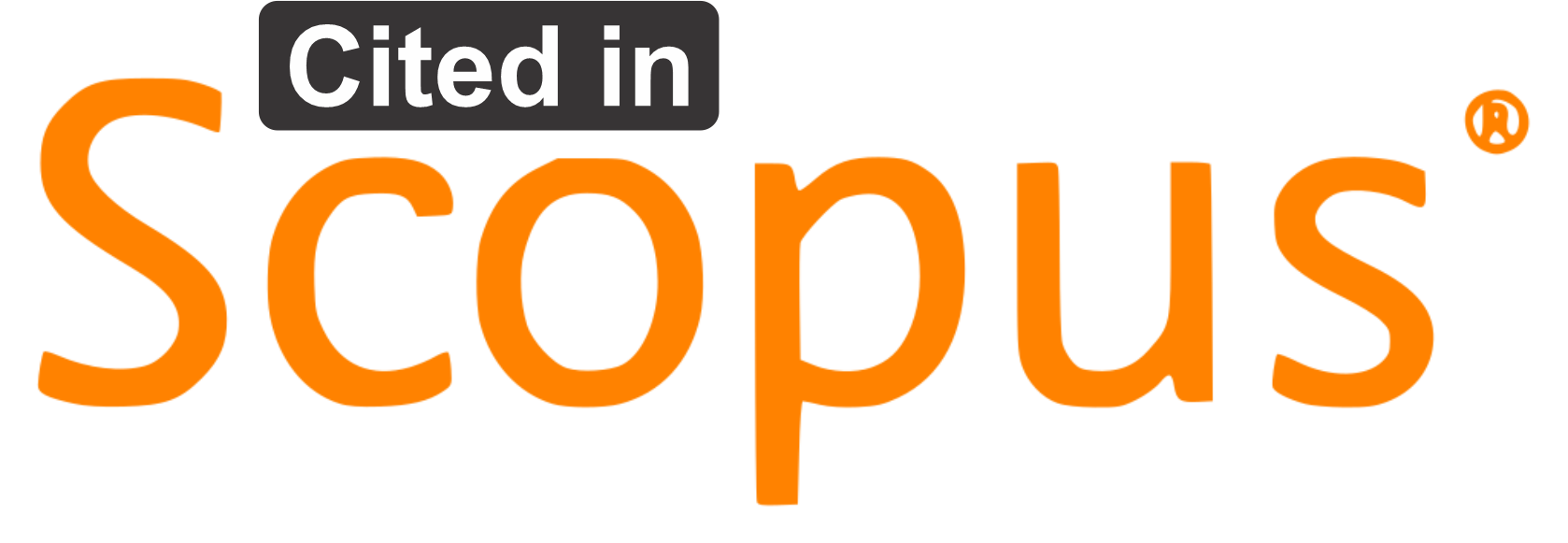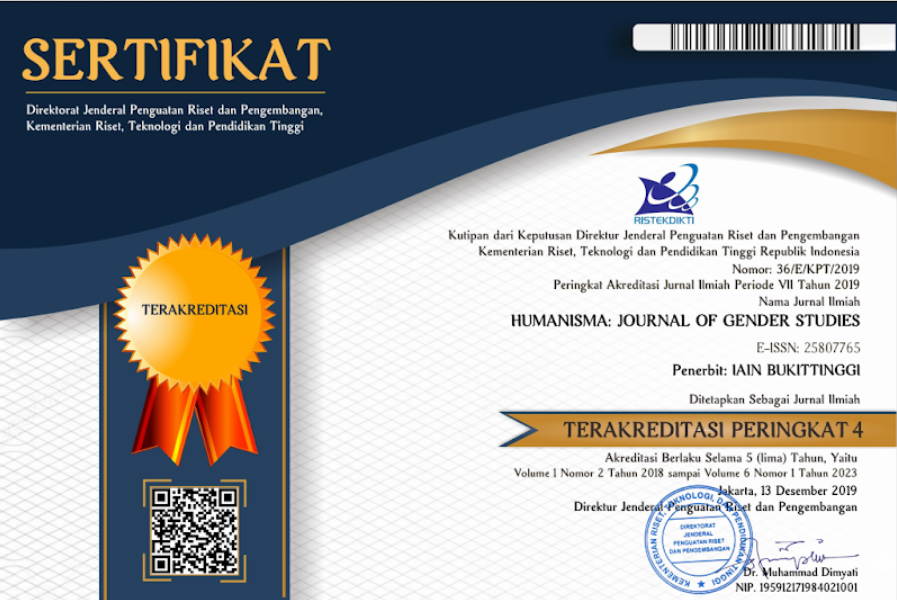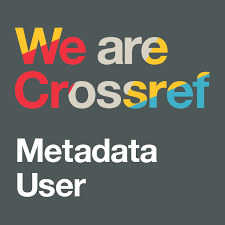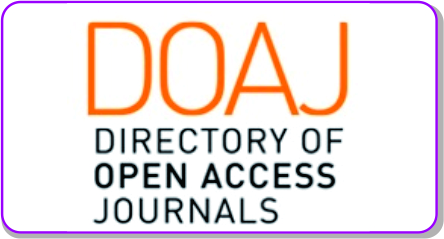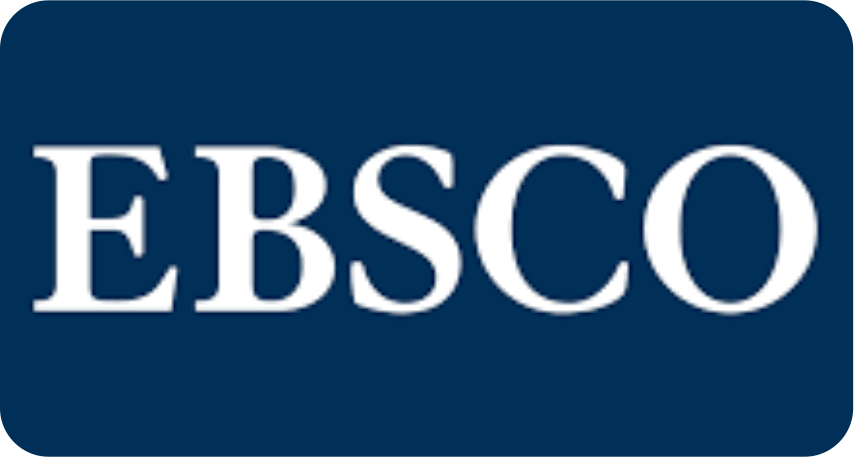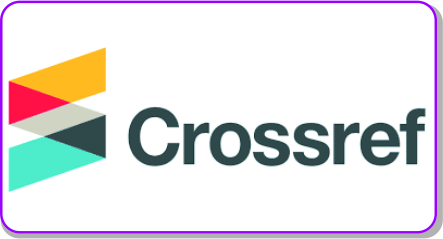The Myth of Beauty: The Efforts of The “Unej Cantik” Community to Achieve Ideal Beauty
DOI:
https://doi.org/10.30983/humanisma.v8i1.8810Keywords:
Online community, beauty myth, beauty standards, netnography, “UNEJ Cantik”Abstract
This article analyzes the myth of beauty within the “UNEJ Cantik” community, focusing on its members' efforts to achieve the ideal concept of beauty. The research highlights the collective and horizontal interactions among community members in shaping beauty standards, a perspective that is less commonly discussed compared to studies emphasizing the role of individuals or influencers in establishing beauty norms. Using the netnography method, data were collected through observations and in-depth interviews with community members, comprising 10 core informants, 5 additional informants, and 2 account administrators. The findings reveal that the community's ideal beauty standards include glowing skin, a slim body, straight hair, and natural makeup. These standards are influenced by three main contexts: mass media (including social media), Dutch colonial heritage, and the local Pandhalungan culture. To achieve these standards, community members engage in various practices such as using skincare products, undergoing whitening injections, getting hair treatments, and getting eyelash extensions. This phenomenon reflects the tension between students' rational aspirations and the exploitation by the beauty market, as well as the clash between local values and global aesthetics. Thus, this study aims to foster critical awareness of the social pressures arising from the homogenization of modern beauty standards.
References
Book
Brooks, Ann. Postfeminisme Dan Culture Studies: Sebuah Pengantar Paling Komprehensih. Yogyakarta: Jalasutra, 2011.
Piliang, Yasraf Amir. Dunia Yang Dilipat: Tamasya Melampaui Batas-Batas Kebudayaan. Yogyakarta: Jalasutra, 2004.
———. Hipersemiotika: Tafsir Culture Studies Atas
Matinya Makna. Yogyakarta: Jalasutra, 2003.
Setiawan E. “Arti Kata Cantik - Kamus Besar Bahasa Indonesia (KBBI) Online.,” 2024.
Raditya, Ardhie. Sosiologi Tubuh: Membentang Teori Di Ranah Aplikasi. Yogyakarta: Kaukaba Dipantara, 2014.
Samodra, Fitriyani Puspa. Sejarah Baju Crop Top yang Identik dengan Wanita, Awalnya untuk Pria (2024).
Ibrahim, Marwah Daud. “Citra Perempuan Dalam Media: Seksploitasi Dan Sensari Sadistik.” In Lifestyle Ecstacy: Kebudayaan Pop Dalam Masyarakat Komiditas Indonesia, edited by Idi Subandy Ibrahim. Yogyakarta: Jalasutra, 1997.
Journal
Badero, Aderike, and Oluyemisi. “Effects of Media on Body Image . This Is an Original Work . All References and Assistance Have Been.” Effects of Media on Body Image . This Is an Original Work . All References and Assistance Have Been, no. April (2011): 1–41.
Chance, Madeline J. “Pretty Privilege at Work: The Influence of Physical Attractiveness on Hiring Decisions, Mediated by Perceived Efficacy.” Middle Tennessee State University, 2023. https://jewlscholar.mtsu.edu/server/api/core/bitstreams/751a6831-8575-4348-8a06-cc7307a55eb9/content.
Elanda, Yelly. “Representasi Mitos Kecantikan Dalam Kolom Female.” Journal of Urban Sociology 1, no. 1 (2019): 46. https://doi.org/10.30742/jus.v1i1.563.
Garcia, Giorgiana, and Septia Winduwati. “Representasi Standar Kecantikan Wanita Di Media Sosial Instagram @springsummerstyle.” Koneksi 7, no. 1 (2023): 248–55. https://doi.org/10.24912/kn.v7i1.21313.
Jones, Geoffrey. “Globalization and Beauty: A Historical and Firm Perspective.” Entrepreneurship and Multinationals 41, no. 4 (2013): 885–916. https://doi.org/10.4337/9781782548188.00009.
Kaoukaou, Mahjouba. “Netnography: Towards a New Sociological Approach of Qualitative Research in the Digital Age.” SHS Web of Conferences 119 (2021): 01006. https://doi.org/10.1051/shsconf/202111901006.
Marika Tiggemann and Mia Zaccardo. “Exercise to Be Fit, Not Skinny”: The Effect of Fitspiration Imagery on Women’s Body Image.” Body Image, Volume 15 (2015): Pages 61-67. https://www.sciencedirect.com/science/article/abs/pii/S1740144515000893.
Nagara, Muhamad Rizki Nugraha Darma, and Lestari Nurhajati. “The Construction and Adoption of Beauty Standard by Youth Female as the Consumer of K-Beauty Products in Indonesia.” Jurnal Riset Komunikasi 5, no. 2 (2022): 258–77. https://doi.org/10.38194/jurkom.v5i2.543.
Putri, Nur Awaliyah. “METAFORA PENGUNGKAP KECANTIKAN DALAM MASYARAKAT MADURA.” Etnolingual Vol 1 No 2 1, no. 2 (2017): 73–99.
Shomali, Asieh Yousefnejad. “Book Review: Body Image: Understanding Body Dissatisfaction in Men, Women, and Children, 3rd Edition by Sarah Grogan.” Feminism & Psychology 31(4) (2021): 605–8. https://doi.org/https://doi.org/10.1177/0959353521999496.
Sutarto, Ayu. “Sekilas Tentang Masyarakat Pandalungan (Overview of the Pandalungan Community).” Jelajah Budaya 2006, 2006, 1–7.
Tirona, Ciara Mae Gonzales Tirona. “The Impact of Colonial Beauty Standards on the Ethnic Identity and Mental Health of Filipina Americans.” The California State University, no. May (2023). https://scholarworks.calstate.edu/concern/theses/3t945z350.
Triani, Adinda Windi, and Tengsoe Tjahjono. “Mitos Kecantikan Dalam Kumpulan Cerita Kitab Kawin Karya Laksmi Pamuntjak (Kajian Feminisme Liberal Naomi Wolf).” Jurnal Bapala 10 (2023): 71–83.
Wolf, Naomi. The Beauty Myth: How Images of Beauty Are Used against Women. Choice Reviews Online. Vol. 29. Harper Perennial, 1992. https://doi.org/10.5860/choice.29-3031.
Wulan, Roro Retno. “The Myth of White Skin: A Postcolonial Review of Cosmetics Ads in Indonesia.” SHS Web of Conferences 33 (2017): 00048. https://doi.org/10.1051/shsconf/20173300048.
Interview
Ilham, Mochamad. Orang Pendalungan. Jakarta: BRIN, 2024.
Interview with Andriana, August 3 (2023).
Interview with Annisa, July 23 (2023).
Interview with Dian, December 6 (2023).
Interview with Dini, August 20 (2023).
Interview with Dini, August 3 (2023).
Interview with Eka, October 13 (2023).
Interview with Fiky, December 13 (2023).
Interview with Fina, September 20 (2023).
Interview with Indah, Mayang dan Sari, Dec 10 (2023).
Interview with Laura, December 12 (2023).
Interview with Tera, August 3 (2023).
Interview with the account manager, July 25 (2023).
Interview with Zindi, December 6 (2023).
Downloads
Published
How to Cite
Issue
Section
Citation Check
License
Copyright (c) 2024 Vena Thalia, Abdus Sair,Yelly Elanda, Azizah Alie, Umar Sholahudin

This work is licensed under a Creative Commons Attribution-ShareAlike 4.0 International License.
Authors who publish with this journal agree to the following terms:
- Authors retain copyright and grant the journal right of first publication with the work simultaneously licensed under a Creative Commons Attribution-ShareAlike 4.0. that allows others to share the work with an acknowledgment of the work's authorship and initial publication in this journal.
- Authors are able to enter into separate, additional contractual arrangements for the non-exclusive distribution of the journal's published version of the work (e.g., post it to an institutional repository or publish it in a book), with an acknowledgment of its initial publication in this journal.
- Authors are permitted and encouraged to post their work online (e.g., in institutional repositories or on their website) prior to and during the submission process, as it can lead to productive exchanges, as well as earlier and greater citation of published work (See The Effect of Open Access).


